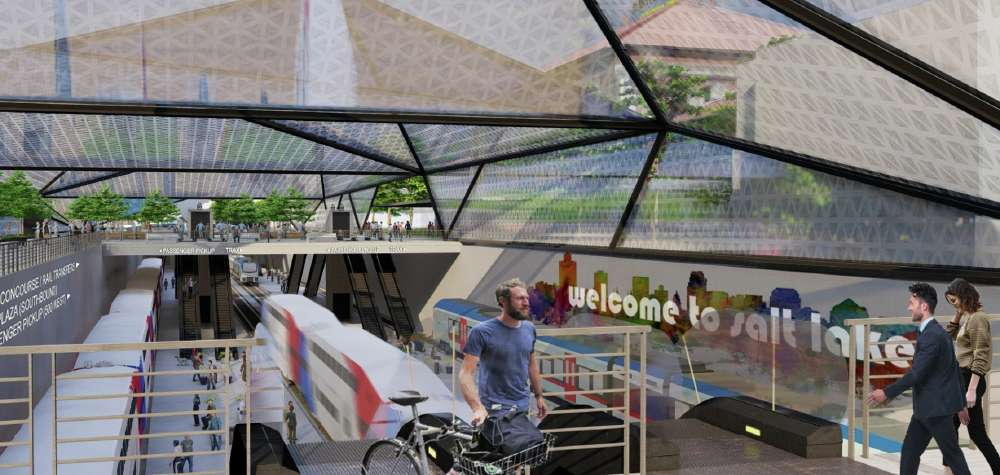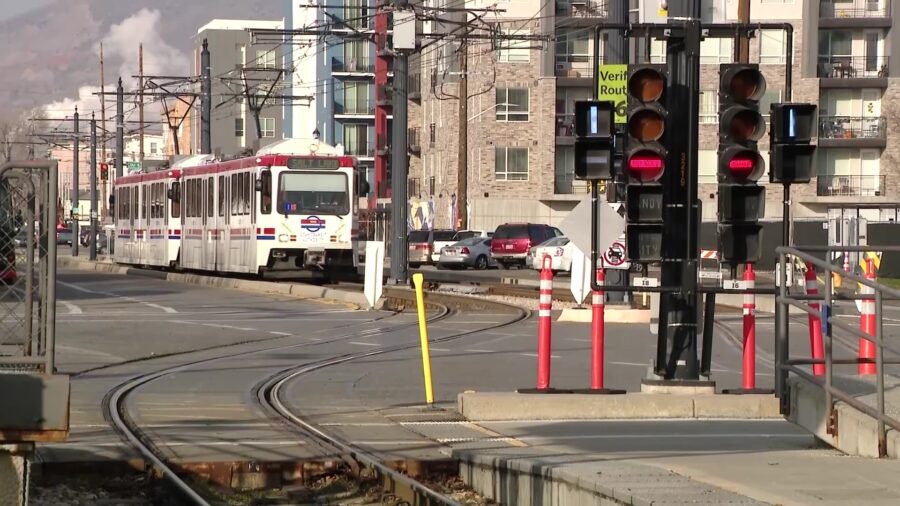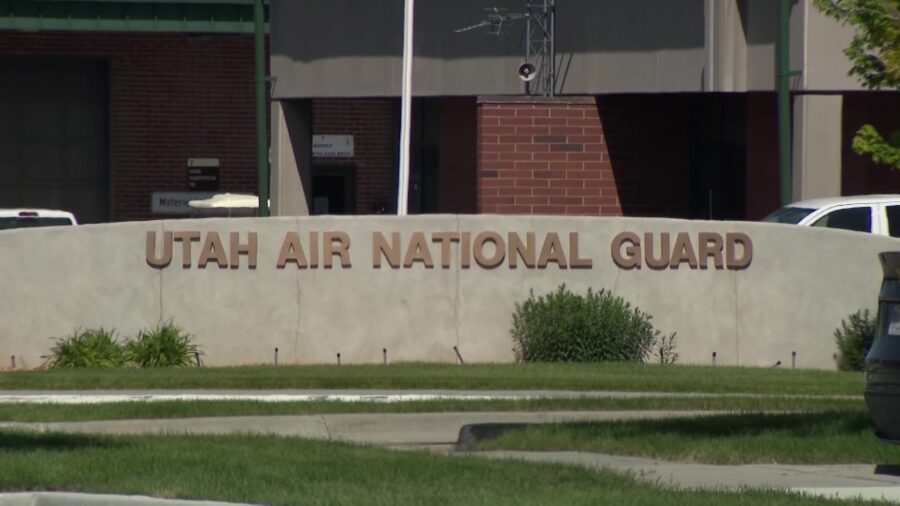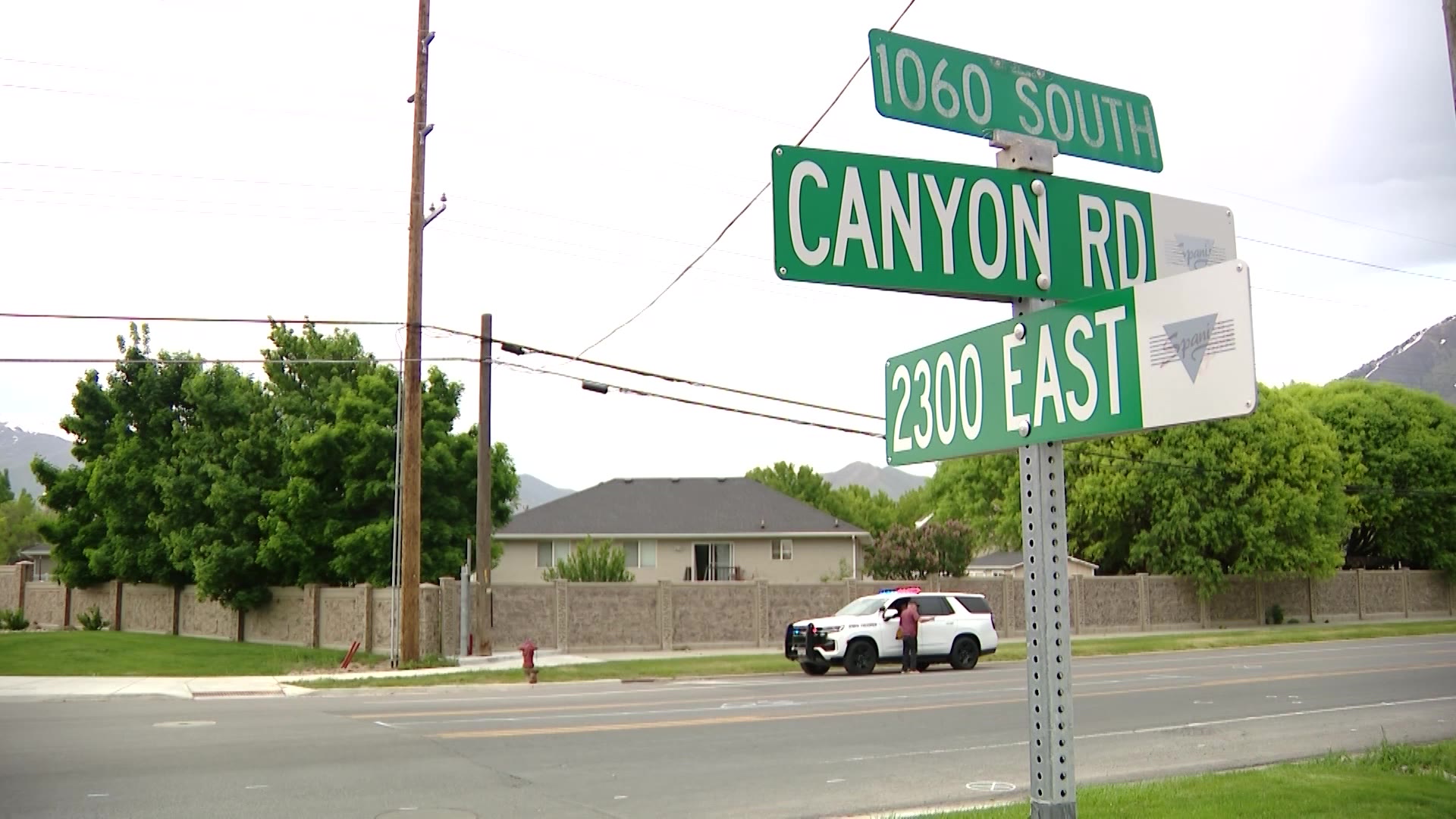Burying Salt Lake City railroad lines would cost $3B-5B, so what are the benefits?
Dec 15, 2023, 1:01 PM

An artist rendering of the proposed Rio Grand Plan includes buried rail lines near the Rio Grande Depot in Salt Lake City. The project would cost at least $3 billion, but proponents say it would come with many benefits. (Photo: Salt Lake City Corporation)
(Photo: Salt Lake City Corporation)
SALT LAKE CITY — Christian Lenhart knows some people will be put off by the cost of a plan to bury a section of railroad tracks near downtown Salt Lake City, but he’d like them to hear him out.
Lenhart, a civil engineer who sparked the conversation three years ago, says many benefits will help pay the project off in the long run. It has the potential to solve some of the city’s east-west divide, remove multiple cumbersome train crossings and open dozens of acres up for new development near one of the hottest growth areas in Salt Lake City, he and others behind the plan believe.
“When we’re done, we can be one city again, one city around the Rio Grande,” he said, speaking to a nearly full auditorium in Salt Lake City’s Granary District Thursday night. “That’s why I’m still looking forward to this.”
The cost of the ambitious plan is about $3 billion to $5 billion, according to the Rio Grande Plan Screening Analysis, a study recently released by the Salt Lake City Transportation Department. It adds the cost could rise to $6 to 8 billion in the next decade.
The estimate is based on all the variables that need to be considered for the project to come together, ranging from digging a massive tunnel and shifting railroad lines through it, to full and partial acquisitions. The projected cost ranges significantly to account for a wide level of uncertainty that can exist if and when construction begins, said Matt Givens, one of the Rio Grande Plan organizers.
What’s important now, he argues, is the study confirms the project is possible.
City leaders said they can look into state and federal funding options to help cover the steep cost.
The new plan
The Rio Grande Project began with renderings of a concept Lenhart released in late 2020, showing the Rio Grande Depot as the hub of about a 1-mile underground line with the help of a train box.
It eventually sparked enough interest that Salt Lake City Mayor Erin Mendenhall referenced it in her State of the City address in January. It had “a whole heckuva lot of merit” to it, added Salt Lake City transportation planner Joe Taylor.
The study analyzed a slightly larger concept based on feedback they gathered from Union Pacific, Utah Transit Authority and Patriot Rail — all of the rail owners. The new concept runs from 600 North to 1300 South with a western segment beginning near 1000 West, which would require a 4.2-mile train box with a maximum depth of 38.25 feet and width of 178 feet.

These graphics show where the proposed underground train box would exist in Salt Lake City and what it would look like underground by the Rio Grande Depot. (Photo: Salt Lake City Transportation Department)
A larger project means steeper costs. The project would require about 65 property acquisitions and 66 partial acquisitions, none of which would be homes, and there would be impacts to 11 buildings. There are several other additional infrastructure impacts, as well as changes to roads and access points.
Most of the cost, according to the study, would be for excavation and structural costs. This includes infrastructure that solves issues with the water table in the area, which was a major feasibility concern ahead of the study. The Utah Department of Transportation recently determined a plan to expand I-15 from Salt Lake City to Farmington would cost an estimated $3.7 billion.
But the larger scope also means greater potential rewards. First, it would take out the tracks separating the east and west sides of the city, which is why Mendenhall expressed interest. Taylor said this could fit into a major east-west divide study the transportation department is diving into in more detail beginning next year after receiving a federal grant.
“It’s transportation problems that caused this divide, and so it’s sort of incumbent on transportation professionals to help address it,” he said.
The train box plan would also remove eight at-grade crossings, eliminating many issues with stopped trains and improving safety.
The historic Rio Grande Depot could become a major transportation hub again, becoming a possible center of regional rail service on one side and local service on the other if UTA moves forward with a new light-rail service running through the Granary District.
It would also open up about 76 acres of land for redevelopment in a city running out of space to build. The study notes the possibility for all sorts of business and residential space, generating a possible taxable value of $1.9 billion by 2040.
This could be a “selling point” moving forward, Salt Lake City Councilman Dan Dugan told KSL.com after the meeting.
“Just that open greenspace has huge dividends because we’re so (scarce) on greenspace downtown,” he said. “And, across the board, you put houses there, you put businesses there, and now you have a strong community.”
Moving the plan forward
Its potential generated quite a buzz from the more than 100 people who attended the presentation, but some voiced worries with what they saw.
Terry Marasco, chairman of the Jordan Meadows Community Council, said it still wouldn’t solve the divide caused by the freeways cutting through the city. Others brought up concerns about accessibility and systemic racism on the west side that they want to ensure the project addresses as planning continues.
The biggest question, however, was whether state or federal leaders would offer any sort of financial support. Should Salt Lake City seek to move forward with the project, it would need some sort of outside help before any construction can begin.
Yet, this is where Salt Lake City could benefit if it’s officially selected as the host of the 2034 Winter Olympics. It received large funding for major infrastructure projects, including TRAX, ahead of the 2002 Games. Federal officials also recently allocated $3 billion to help build a high-speed rail between Las Vegas and Los Angeles, ahead of when Los Angeles hosts the 2028 Olympics, which means the federal government could step up.
“I’ve got to believe that helps us,” Dugan said, explaining the benefits hit issues that the International Olympic Committee and federal government want to fix in the future. “Having the enthusiasm behind it helps us.”














